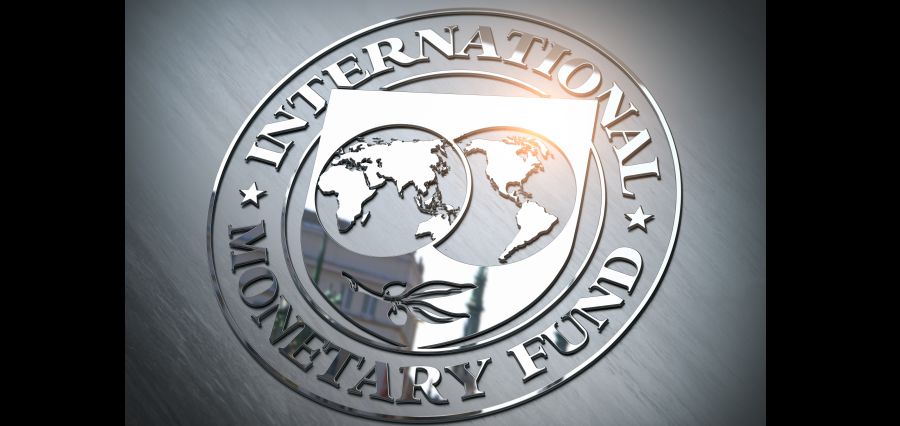The International Monetary Fund has revised India’s GDP growth upwards for the ongoing fiscal year. According to the World Economic Outlook released on Tuesday, the IMF now forecasts India’s GDP to expand by 6.8%, marking a 30 basis points increase from its January projection. Additionally, for the fiscal year 2026, India’s GDP is expected to grow by 6.5%.
The IMF highlighted that India’s growth is anticipated to remain robust, supported by strong domestic demand and a growing working-age population. Meanwhile, China’s GDP growth forecast remains unchanged at 4.6% for 2024 and 4.1% for 2025. The IMF has also raised the GDP growth forecast for the United States by 60 basis points to 2.7% for 2024 and 1.9% for 2025.
The five largest emerging market economies—Brazil, China, India, Indonesia, and Russia—accounted for about 0.8 percentage points of the 1.8 percentage point decline in projected global growth. Global growth, which was estimated at 3.2% in 2023, is expected to continue at the same rate in 2024 and 2025. The forecast for 2024 has been adjusted upward by 0.1 percentage point from the January 2024 update and by 0.3 percentage points from October of the previous year.
However, the pace of expansion remains modest compared to historical standards, influenced by both short-term factors such as elevated borrowing costs and the phasing out of fiscal support, and longer-term impacts stemming from the Covid-19 pandemic and Russia’s invasion of Ukraine. Additionally, factors contributing to the subdued growth include weak productivity growth and escalating geoeconomic fragmentation, as outlined in the report.
Predictions suggest that global headline inflation will decline from an annual average of 6.8% in 2023 to 5.9% in 2024 and further to 4.5% in 2025. Advanced economies are anticipated to reach their inflation targets earlier than emerging market and developing economies. Moreover, the most recent forecast for global growth five years from now, standing at 3.1%, is the lowest it has been in decades.
Read More: Click Here




